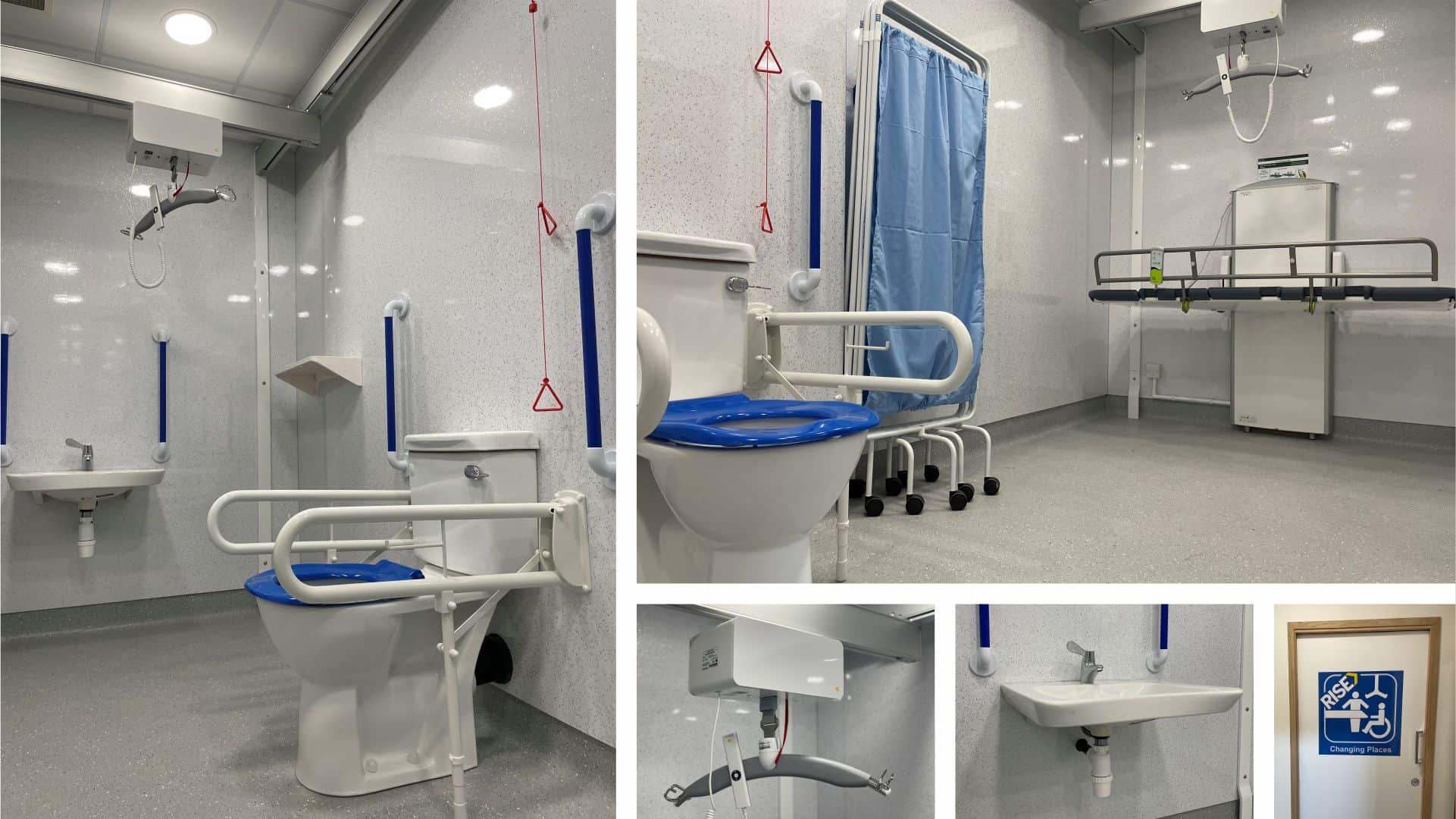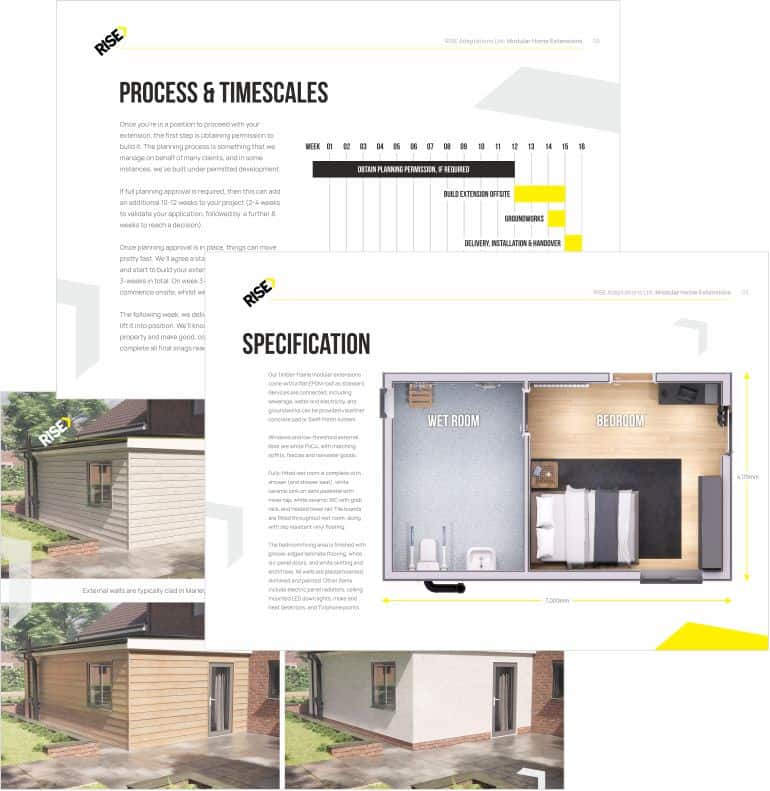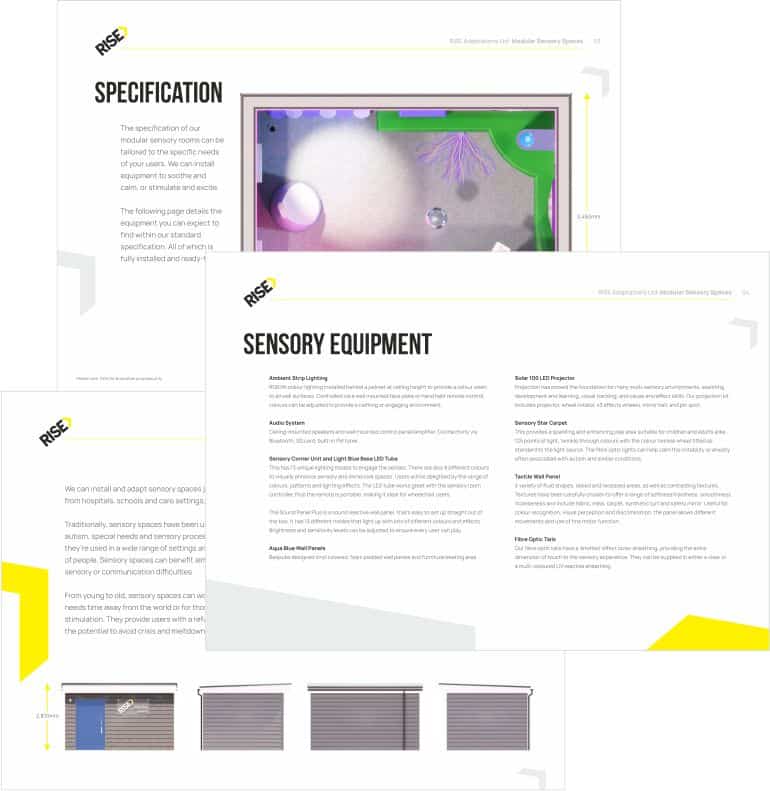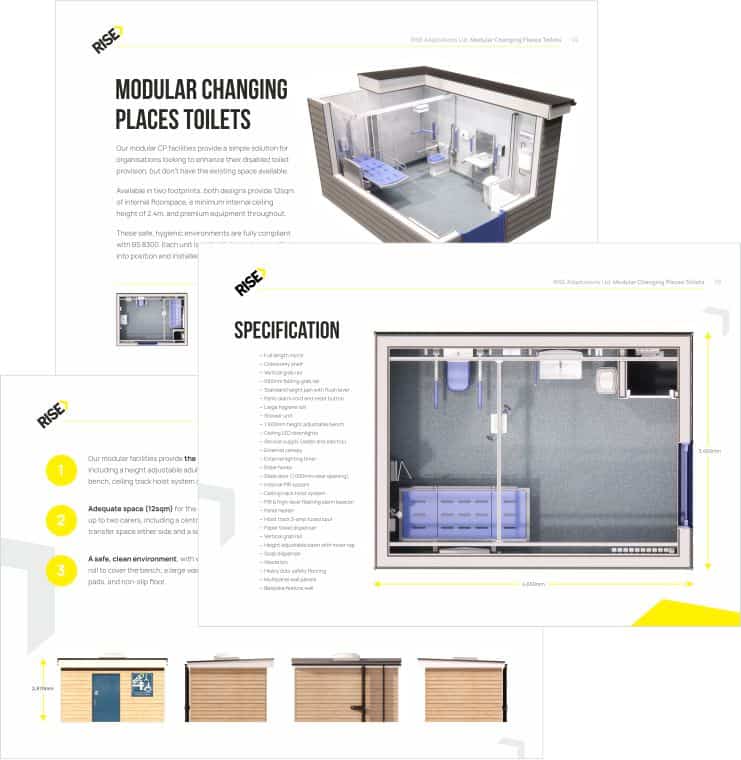
Building Regulations in the UK ensure both commercial and domestic buildings are safe, functional, and healthy spaces for people to be in.
The regulations are mainly used when planning new buildings, conversions, extensions or performing major renovation work. They are not usually applied retrospectively to existing buildings.
The regulations are statutory and help planners meet policies set out in legislation. ‘Building regulations approval’ is needed for most new building projects. (At RISE, we obtain approval for all modular Changing Places toilets and the majority of internal adaptations).
Covering a wide range of areas, mostly relating to safety and access, the regulations are separated into 16 different headings, labelled Part A to Part Q. Each heading covers a different topic, including fire safety, ventilation, and accessibility.
Access to and use of buildings: Approved Document M is the statutory guidance part of Building regulations which requires planners to make buildings easy to access and circulate for people with disabilities, including the facilities which must also be provided.
According to Approved Document M, new buildings should:
Approved documents, including document M, are not legally binding in a literal way – they set out a minimum appropriate standard expected by the Secretary of State to comply with building regulations.
Approved document M is set out in two volumes – one for use in dwellings (homes) and another for buildings other than dwellings.
It is in volume 2 that planners can find guidance on Changing Places toilets and their inclusion in new buildings. Section 5 specifically details sanitary accommodations in buildings other than dwellings.
Paragraph 5.6 on page 48 states:
“In large building developments, separate facilities for baby changing and an enlarged unisex toilet incorporating an adult changing table are desirable. Changing places toilets, facilities designed for individuals with complex and multiple impairments who may require the assistance of up to two assistants, should be provided in addition to any wheelchair-accessible accommodation in separate-sex toilet washrooms, wheelchair-accessible unisex toileting facilities and baby changing facilities.”
This paragraph says Changing Places toilets are ‘desirable’, which in the past has left a grey area in which builders can avoid the inclusion of Changing Places. However, a significant amendment was made to document M in 2020.
A new section added to paragraph 5.7 now states which type of building must include at least one Changing Places toilet:
At least one changing places toilet is provided in the following types of building:
An additional note clarifies what places of assembly, recreation and entertainment can be defined as:
British Standard 8300 (Design of an accessible and inclusive built environment. Buildings. Code of practice) is used in conjunction with approved document M to give practical guidance on how its requirements can be included within a new building.
BS8300 illustrates what a Changing Places bathroom should look like, giving a suggested layout, minimum size requirements, and a list of equipment. It is recommended that all Changing Places are built in compliance with the British Standard.

Call 07729 224 738 or email hello@riseadapt.co.uk
We’re open Monday to Friday, 08:00-18:00.
To learn more about Changing Places, why not download our brochure or attend one of our monthly online seminars.
Call: 07729 224 738
email: hello@riseadapt.co.uk
08:00-18:00, Mon-Fri
To learn more about Changing Places, why not download our brochure or attend one of our monthly online seminars.
Please submit your details to receive further information about our modular home extensions…
Don’t forget to check your ‘junk’ folder if you don’t immediately receive your download.

Please submit your details to receive further information about our sensory rooms…
Don’t forget to check your ‘junk’ folder if you don’t immediately receive your download.

Please submit your details to receive further information about our Changing Places facilities…
Don’t forget to check your ‘junk’ folder if you don’t immediately receive your download.

Send us a quick message via the form below and a member of the RISE team will be in contact a.s.a.p…